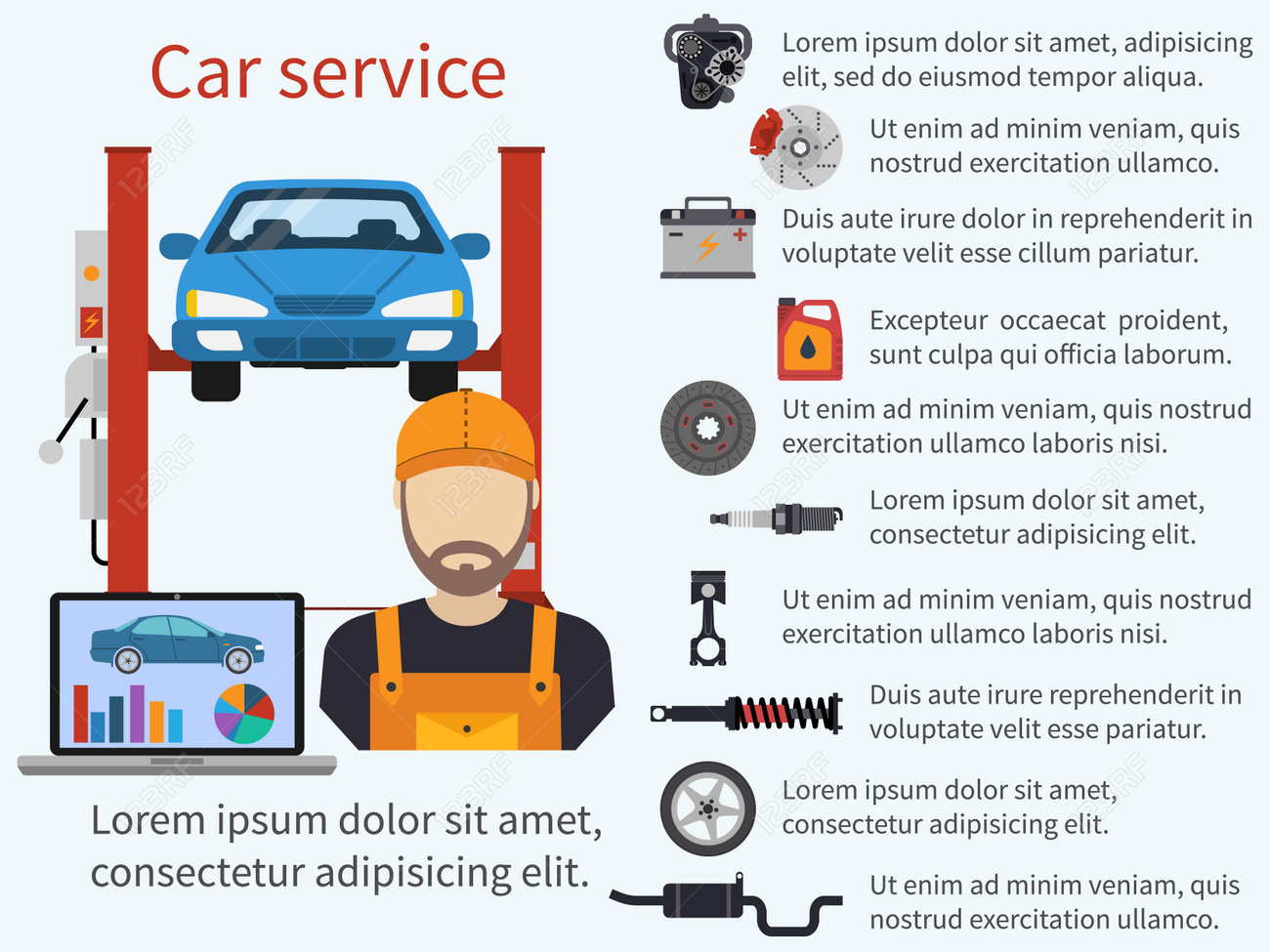Open The Hood To Reveal Common Brake System Issues And Their Solutions, However What About Mushy Brake Pedals? Figure Out The Service Ahead! Learn More Listed Below
Open The Hood To Reveal Common Brake System Issues And Their Solutions, However What About Mushy Brake Pedals? Figure Out The Service Ahead! Learn More Listed Below
Blog Article
Post Writer-Overby Reynolds
When it concerns your vehicle's brake system, comprehending common problems can save you from potential safety threats. From identifying brake pad wear to resolving brake fluid leaks, knowing just how to take on these problems is necessary. Yet what concerning those spongy brake pedals? There's a solution for that as well. Keep tuned to learn Read More Here regarding these issues and the functional solutions that can maintain you securely when driving.
Brake Pad Put On and Replacement
When it comes to preserving your automobile's brake system, one critical element to keep an eye on is the wear and replacement of brake pads. https://brake-change05162.ja-blog.com/30318237/the-evolution-of-automobile-repair-work-innovation-what-s-new-in-the-sector are crucial elements that push against the brake rotors to slow down or quit your lorry. Over time, these pads wear down as a result of friction, needing normal evaluation and replacement to guarantee your brakes operate efficiently.
To identify if your brake pads require replacement, pay attention for shrieking or grinding noises when you apply the brakes. Additionally, if your vehicle takes longer to stop or you discover resonances or pulsations when stopping, it might be time to replace the brake pads.
Disregarding used brake pads can result in decreased stopping performance, damage to other brake elements, or even brake failure.
Changing brake pads is a fairly simple procedure for several lorries. However, if you're unclear or unpleasant performing this task, it's best to speak with an expert technician to ensure appropriate installment and optimal brake efficiency.
Routinely examining and changing brake pads is crucial for your security and the longevity of your vehicle's stopping system.
Brake Liquid Leaks and Maintenance
To guarantee your vehicle's brake system works efficiently, it's important to likewise focus on brake liquid leaks and upkeep. Brake fluid is essential for transferring the force from your foot on the brake pedal to the actual stopping mechanism. One usual problem with brake fluid is leakages, which can take place as a result of worn-out brake lines, seals, or links. If you notice a puddle or trickles under your vehicle, it's necessary to address the leakage quickly to prevent a possible brake failure.
Regularly inspecting your brake liquid level is key to maintaining your brake system. Reduced brake liquid can result in air getting in the brake lines, which compromises braking performance.
Furthermore, old or polluted brake fluid can impact the overall performance of your brakes. It's suggested to follow the manufacturer's guidelines on when to alter the brake fluid, usually every 2 years.
Spongy Brake Pedal: Blood Loss Brakes
If you have actually ever experienced a squishy brake pedal while driving, you recognize the significance of preserving a company and responsive braking system. One usual root cause of a mushy brake pedal is air caught in the brake lines. When air goes into the brake system, it can bring about a loss of hydraulic pressure, causing that upsetting spongy sensation when you press the brake pedal.
To solve this problem, hemorrhaging the brakes is necessary. Bleeding the brakes entails removing the air from the brake lines to bring back proper hydraulic pressure.
To bleed the brakes, you'll require an assistant to help you. Beginning by finding the brake bleeder shutoff on each wheel, typically discovered near the brake caliper. With a wrench, loosen up the shutoff and have your assistant press the brake pedal while you observe any type of air bubbles appearing. Repeat this process for each wheel, beginning with the wheel farthest from the master cyndrical tube and moving more detailed.
When you no more see air bubbles and only clear liquid arises, tighten up the shutoff and top up the brake liquid tank as needed. Bleeding the brakes aids guarantee a company brake pedal and enhances general stopping performance.
Conclusion
Now that you understand common brake concerns and exactly how to fix them, you can ensure your car's security and efficiency. Remember to listen for warning signs like shrilling sounds or mushy brake pedals, and resolve them immediately. Routine maintenance and prompt replacements are crucial to maintaining your brakes in leading problem. Remain positive and alert to your brake system to take pleasure in risk-free and dependable driving experiences.
